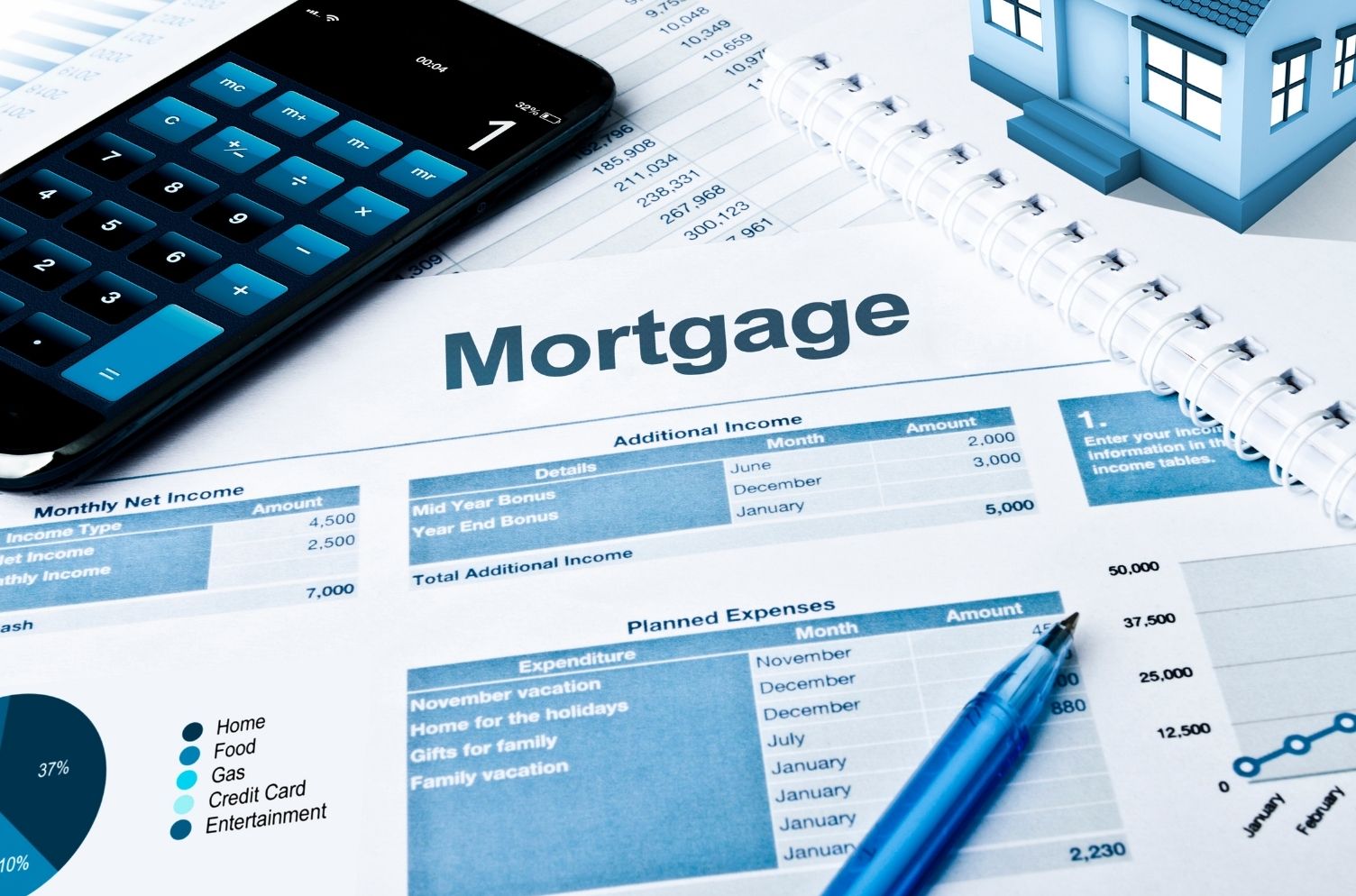Can I Mortgage a Listed Grade Two Property?

Can I Mortgage a Listed Grade Two Property?
frade can include a wide range of unique constructions and exciting places to live. However, finding a mortgage can be a challenge, with timber-framed properties and thatched cottages among many of the Grade One or Two listed buildings that require specialist lending.
In this guide, the mortgage brokers team explains how the mortgage process works on listed properties and what considerations a lender will apply when deciding whether to lend.
For more help with finding a mortgage on a listed building, give the experts a call on 0330 304 3040, or drop a message to [email protected].
Does My Property Count as a Listed Building Purchase?
Listed buildings are registered on the National Heritage List for England and have a historical or architectural significance.
This status means there are strict rules about what you can do with the property and any changes to the structure.
There are three grades of property:
- Grade One buildings are the highest protected and difficult to mortgage since the structure and unique nature make them costly to maintain and sometimes difficult to sell.
- Grade Two properties are buildings of importance rather than of special interest and are usually easier to mortgage than a grade one structure.
- Grade Three homes are of interest but less protected than the other categories. Around 92% of listed buildings fall into grade three. Although they are usually simpler to mortgage, they still require maintenance and have rules about looking after the integrity of the structure.
Lenders all have different rules about what they will lend against. Some will refuse to mortgage any property with any listed status, whereas others will review the property's grade listing before making any decisions.
What are The Mortgage Terms and Rates on Listed Properties?
Again, this depends on the lender, but as a rough guide:
- Maximum Loan to Value ratios are usually lower than for ordinary residences, given the increased risk. You will usually need a deposit of around 20-25%, although some lenders will accept a lower deposit value.
- Maximum mortgage terms are usually similar to regular mortgages, with the standard cap around 20 to 25 years - more extended periods aren't generally possible on listed properties.
- Restrictions will be in place around what you can do with the property, and there are likely to be covenants about how the land or building can be used - these will be identified in the conveyancer searchers. Lenders may refuse to lend if the covenants are highly restrictive.
- Insurance is another consideration since you must have buildings insurance to get a mortgage. A listed building's age and character mean that insurance is usually a specialist product and can be expensive.
Can I Get a Mortgage on a Listed Property Anywhere in the UK?
The first step to mortgaging this sort of home is having a valuation carried out. The surveyor will report on whether the property is secure and any other considerations they think impact the building's retail value.
Gradings aren't the same in all of the British nations, and work as follows:
England and Wales use the system already described, with grades one to three, with Grade One being buildings of significant interest.
In Scotland, the system works on a similar basis. Still, Grades One to Three are replaced with Categories A to C. Northern Ireland uses a relative ranking but uses a system that assigns listed status in order of importance from A, B+, B1 to B2.
Can I Mortgage a Listed Building with Bad Credit?
Listed buildings are a high-risk prospect for a lender, and if you also have adverse credit issues, it may make it very difficult to find a mortgage.
Many bad credit mortgages will consider a mortgage after pretty much any credit scenario, from late payments and defaults through to bankruptcies. However, a lot depends on when the credit issues occurred, how serious they were, and whether your finances are now back in good order.
What Permissions Do I Need to Carry Out Work on a Listed Building?
Any work on a listed building needs planning permission, even if it is a minor repair. Works without consent can even be prosecuted, so it is essential to seek approval before doing any repairs.
Maintenance costs can be high, which adds to the risk factor from a mortgage perspective.
The affordability assessment will determine whether you can afford to keep up with the maintenance requirements, including factors such as managing thatched roofs.
What are the Survey Requirements for a Listed Building Purchase?
The valuation report will be necessary for your mortgage prospects, but it is also worth doing your own research. If you can find a surveyor with expertise in historic buildings, they may produce a more accurate report, which is more relevant to the property in question.
You can also review any works carried out by the existing owners to ensure they were properly approved.
Professional Advice with Listed Building Mortgages
Whatever the grade or nature of the listed property you wish to buy, it is essential to seek independent advice from an experienced broker. Revolution Brokers will help you assess which lenders are best suited to offer you the mortgage you need, as well as work through the valuation process to ensure the paperwork is all on order.
Give us a call on 0330 304 3040, or email the team at [email protected] to arrange a good time to talk.
Related Posts
Ask the Expert
Mortgage Brokers


_7779.jpg)

